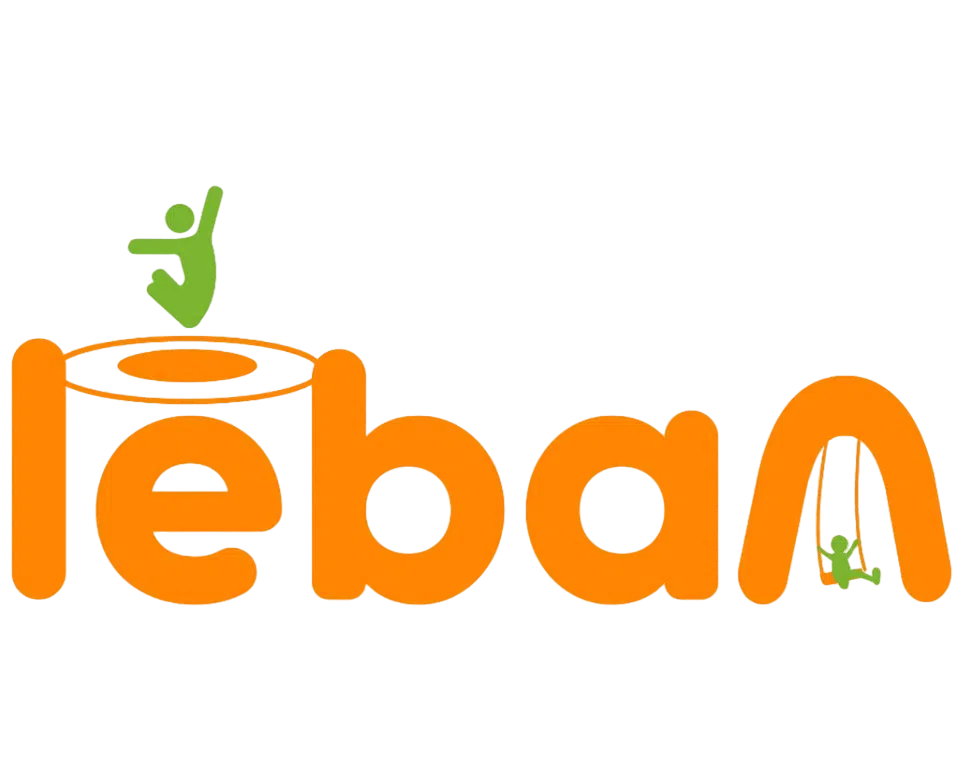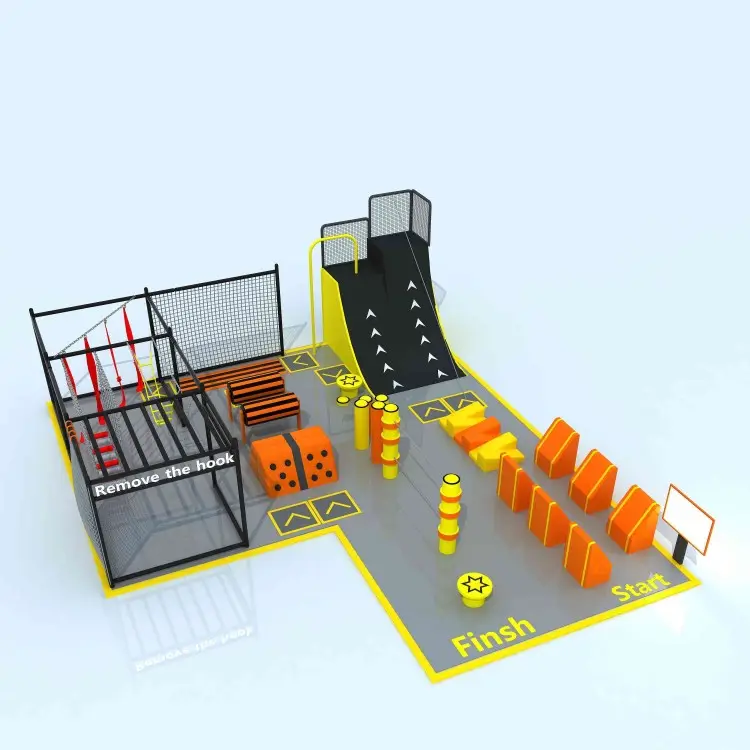Criando Ambientes de Brincadeira Seguros para o Desenvolvimento Infantil
A área de Lazer representa um mundo mágico de aventura, aprendizado e interação social para crianças. Cada balanço, escorregador e estrutura de escalada oferece oportunidades para o desenvolvimento físico e a brincadeira imaginativa. No entanto, garantir a segurança no playground exige atenção cuidadosa por parte dos pais e responsáveis. Compreender os aspectos essenciais da segurança no playground ajuda a criar um ambiente onde as crianças possam explorar, aprender e crescer, minimizando ao mesmo tempo os riscos potenciais.
Os playgrounds modernos combinam entretenimento com benefícios para o desenvolvimento, mas também apresentam diversas considerações de segurança que os pais precisam observar. Desde a manutenção dos equipamentos até a supervisão adequada, vários fatores contribuem para uma experiência segura de brincadeira. Ao se informarem e agirem de forma proativa quanto à segurança no playground, os pais podem ajudar seus filhos a aproveitarem plenamente os benefícios da brincadeira ao ar livre enquanto permanecem protegidos.
Diretrizes Essenciais de Segurança no Playground
Materiais de Superfície e Proteção contra Impactos
O solo sob os equipamentos de playground desempenha um papel crucial na prevenção de lesões. Materiais adequados para revestimento podem reduzir significativamente o risco de lesões graves causadas por quedas. As superfícies seguras de playground normalmente incluem materiais como borracha moída, fibra de madeira projetada ou revestimento de borracha aplicado no local. Esses materiais oferecem absorção de choque adequada e mantêm suas propriedades protetoras sob diversas condições climáticas.
A profundidade do material de revestimento é tão importante quanto o tipo. Para equipamentos com altura superior a 8 pés, o revestimento protetor deve se estender pelo menos 6 pés em todas as direções. A manutenção regular dessas superfícies garante proteção constante, pois os materiais podem ficar compactados ou deslocados ao longo do tempo. Os pais devem verificar se as superfícies do playground permanecem niveladas e livres de objetos estranhos que possam causar lesões.
Inspeção e Manutenção de Equipamentos
A inspeção regular do equipamento constitui a base da segurança em playgrounds. Os pais devem observar sinais de desgaste, como metal enferrujado, madeira lascada ou componentes soltos. Bordas afiadas, parafusos salientes ou ganchos em S abertos nos balanços podem representar riscos sérios. Além disso, verificar o espaçamento adequado entre os equipamentos ajuda a prevenir aglomeração e possíveis colisões.
As condições climáticas podem afetar a segurança dos equipamentos de playground. Após a chuva, superfícies metálicas podem ficar escorregadias, e equipamentos de madeira podem estar mais propensos a se estilhaçarem. Durante o calor, escorregadores e superfícies metálicas podem ficar extremamente quentes e potencialmente causar queimaduras. Os pais devem testar a temperatura dos equipamentos com as mãos antes de permitir que as crianças brinquem.

Áreas e Equipamentos Apropriados para a Faixa Etária
Criação de Zonas para Diferentes Grupos Etários
Os parques infantis devem apresentar áreas distintas para diferentes faixas etárias, normalmente divididas em seções para crianças pequenas (2-5 anos) e crianças em idade escolar (5-12 anos). Essa separação ajuda a garantir que as crianças interajam com equipamentos projetados para suas habilidades físicas e estágio de desenvolvimento. As áreas para crianças pequenas devem ter plataformas mais baixas, degraus menores e equipamentos que promovam o desenvolvimento de habilidades motoras básicas.
As zonas para crianças em idade escolar podem incluir equipamentos mais desafiadores que estimulem o fortalecimento muscular e atividades físicas complexas. Essas áreas podem contar com estruturas de escalada mais altas, barras superiores e equipamentos que exijam coordenação mais avançada. Sinalizações claras devem indicar as faixas etárias recomendadas para cada zona de brincadeira.
Seleção de Equipamentos e Avaliação de Riscos
Ao avaliar equipamentos de playground, os pais devem considerar as habilidades físicas e o estágio de desenvolvimento da criança. O equipamento deve desafiar as crianças, permanecendo dentro de suas capacidades. Procure por características que promovam o desenvolvimento gradual de habilidades, permitindo que as crianças ganhem confiança ao dominar novos desafios.
A avaliação de riscos envolve compreender a diferença entre risco aceitável, que promove a aprendizagem e o desenvolvimento, e condições perigosas que poderiam levar a lesões. Os pais devem ensinar as crianças a usar corretamente os equipamentos e a reconhecer suas próprias limitações. Essa abordagem ajuda a desenvolver habilidades de avaliação de riscos, mantendo a segurança.
Estratégias de Supervisão e Práticas de Segurança
Técnicas de Supervisão Ativa
A supervisão eficaz no parquinho exige mais do que uma observação casual. Os pais devem manter linhas de visão claras para todas as áreas de brincadeira e posicionar-se onde possam responder rapidamente a problemas potenciais. A supervisão ativa inclui monitorar o comportamento das crianças, prevenir práticas de brincadeira inseguras e garantir que os equipamentos sejam usados conforme o previsto.
A supervisão deve ser ajustada com base na idade e nas habilidades da criança. Crianças menores exigem monitoramento mais próximo e interações mais frequentes, enquanto crianças mais velhas podem precisar de lembretes sobre as regras de brincadeira segura e comportamento apropriado. Criar um equilíbrio entre independência e segurança ajuda as crianças a desenvolverem confiança enquanto permanecem protegidas.
Preparação e Resposta para Emergências
Os pais devem estar preparados para possíveis emergências mantendo um kit de primeiros socorros facilmente disponível e conhecendo os procedimentos básicos de primeiros socorros. Conhecer a localização dos serviços de emergência mais próximos e ter as informações de contato de emergência à mão pode fazer uma diferença crucial na resposta a lesões.
Ensinar às crianças o que fazer em caso de emergência ajuda-as a desenvolver consciência sobre segurança. Isso inclui saber como encontrar um adulto se precisar de ajuda, compreender regras básicas do parquinho e reconhecer situações potencialmente perigosas. Discussões regulares sobre a segurança no parquinho ajudam a reforçar essas lições importantes.
Perguntas Frequentes
Como posso saber se um parquinho é seguro para meu filho?
Avalie o material da superfície do parquinho, o estado dos equipamentos e as zonas apropriadas para a idade. Verifique a manutenção adequada, áreas de queda suficientes ao redor dos equipamentos e certifique-se de que haja supervisão adequada por adultos. Procure sinais de desgaste e evite parquinhos com equipamentos quebrados ou condições perigosas.
Quais são os tipos mais comuns de lesões em parquinhos e como elas podem ser evitadas?
As lesões mais comuns incluem quedas, cortes e contusões. As estratégias de prevenção incluem supervisão adequada, ensinar hábitos seguros de brincadeira às crianças, garantir que os materiais apropriados para revestimento do solo estejam em uso e inspecionar regularmente os equipamentos quanto a possíveis riscos. Certifique-se sempre de que as crianças utilizem equipamentos apropriados para sua idade e sigam as regras de segurança.
O que deve conter um kit de primeiros socorros para playground?
Um kit de primeiros socorros para playground deve conter curativos adesivos de vários tamanhos, lenços antissépticos, compressas de gaze, tesoura, pinças, bolsas de gelo e instruções básicas de primeiros socorros. Inclua quaisquer itens específicos necessários para condições médicas conhecidas dos usuários frequentes do playground. Mantenha o kit facilmente acessível e verifique regularmente para substituir itens vencidos.

